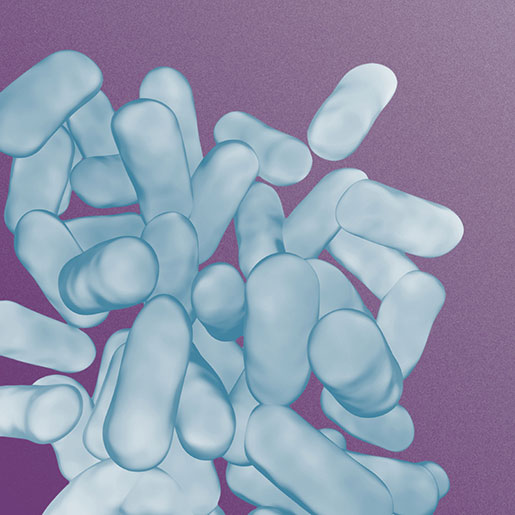4 Fast Facts about the Gut-Brain Connection

- There’s a bacterial population that lives in your intestine called the gut microbiota.
- Unique to each individual, the gut microbiota consists of tens of trillions of microorganisms and can weigh up to six pounds. We acquire much of this bacteria as infants when we pass through the birth canal during delivery, but other factors, such as antibiotic use or birth by Cesarean section, can influence bacterial levels.
- It’s long been known that the brain communicates with the gut—think of “gut-wrenching” moments or “following your gut”—but recent research suggests the brain-gut connection actually goes both ways.
- In a 2011 experiment, Dr. Cryan and his team found that healthy mice who consumed a specific probiotic displayed more relaxed behavior than mice who did not consume the bacteria.
- The gut microbiota may affect behavior and emotion.
- The probiotic bacteria, called Lactobacillus rhamnosus, contains a neurotransmitter called GABA that helps regulate brain activity and can calm anxiety. Based on the reactions of the mice that consumed L. rhamnosus, researchers concluded the bacteria were affecting their brain chemistry. “Those pesky little critters might be the master puppeteers of our brain,” Dr. Cryan said of microbes (not mice!) during his 2014 TEDMED talk.
- Research shows that altering bacteria in the gut through specific diets may help to treat stress-related and neurodevelopmental disorders, including autism and hyperactivity.
- There is still much to learn about how gut microbiota influence the brain, but related studies can help scientists better understand and develop ways to support new treatment and therapies.
Learn more about psychobiotics and the brain, gut, and microbiome interaction at Dr. Cryan’s upcoming talk on October 6 as part of the Integrative Medicine Research Lecture Series at NIH.